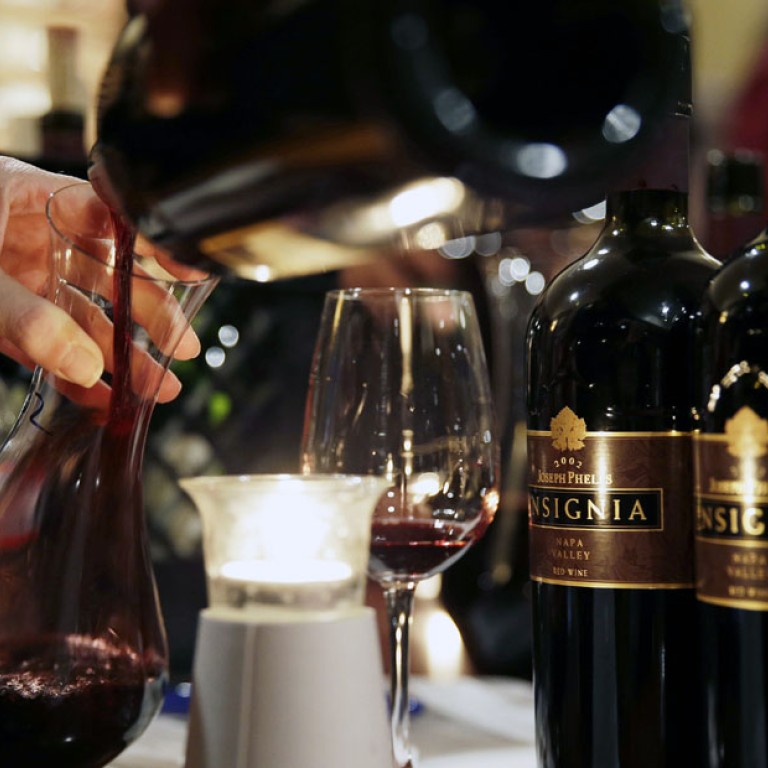
Cheers to the wine fakers who help tell us what's real
Experts fear this [fake wine] problem will continue to grow and won't be confined to Asia as technology makes it possible to make better fakes, and steadily rising auction prices make it worth the whil
I find it hard to get worked up about the evils of wine faking. In fact, in some ways I think fakers provide a valuable service to society. They make it plain when consumer goods are overpriced.

But where is the deep evil in a bottle of wine that is not quite what it is billed to be, particularly when many of the wine drinkers whom the fakers target cannot tell the difference anyway?
To my way of thinking there is a good laugh to be had when we read that Bill Koch, an American billionaire who owns 43,000 bottles of wine, discovered that several prized bottles reputed to be part of the private collection of American president Thomas Jefferson were all fakes. Tell me that you didn't think it worth a giggle.
Mr Koch probably never intended to drink the wine anyway, which only says that he should have done a better job of checking the provenance. The case is different for people who actually buy to drink.
If it really were easy every time to tell a prize wine from a bottle of plonk then bottles of plonk could never be sold as prize wine. Faking is only possible because claims of a huge difference between prize wine and plonk - enough to justify a difference of tens of thousands of dollars in price - do not pass the market test. Large numbers of people cannot tell the difference.
This in turn suggests that producers of fancy wines are also fakers of a sort. They are faking a premium value that does not really exist for the largest portion of their market. They are selling illusion for the most part.
It goes even further. My local supermarket was rebranded to Market Place By Jasons from Wellcome a few years ago. The difference between the two is that one has a green and yellow colour theme and, the other, red and yellow.
But to support its claim to being a premium grocery experience, Jasons stocks fancy bottles behind one checkout, including a Chateau Lafite Rothschild bearing a price tag of HK$19,998. I assume the point is to create an illusion of good cause for higher prices than at Wellcome. You fakers, I say.
I have no real trouble with it, however. All sales pitches are at least in part illusion. My only difficulty is that I see no reason why illusion should be specially protected; why law enforcement agencies paid with my tax money should be at the service of the illusion mongers whose purpose is to deceive me.
What wine fakers do is stick a pin into what is, for most, clearly an illusion. I would love to see Jasons' bottle of Lafite proved a fake. How I would laugh.
I am sure we will indeed see increasingly more wine faking. Just look at the chart here of China's wine and brandy imports over the last five years.
And what goes for fake wine goes for fake shoes, fake watches and fake everything where public safety is not at stake. My thanks to you, fakers. You don't really bring us a lie. What you actually do is restore truth.

